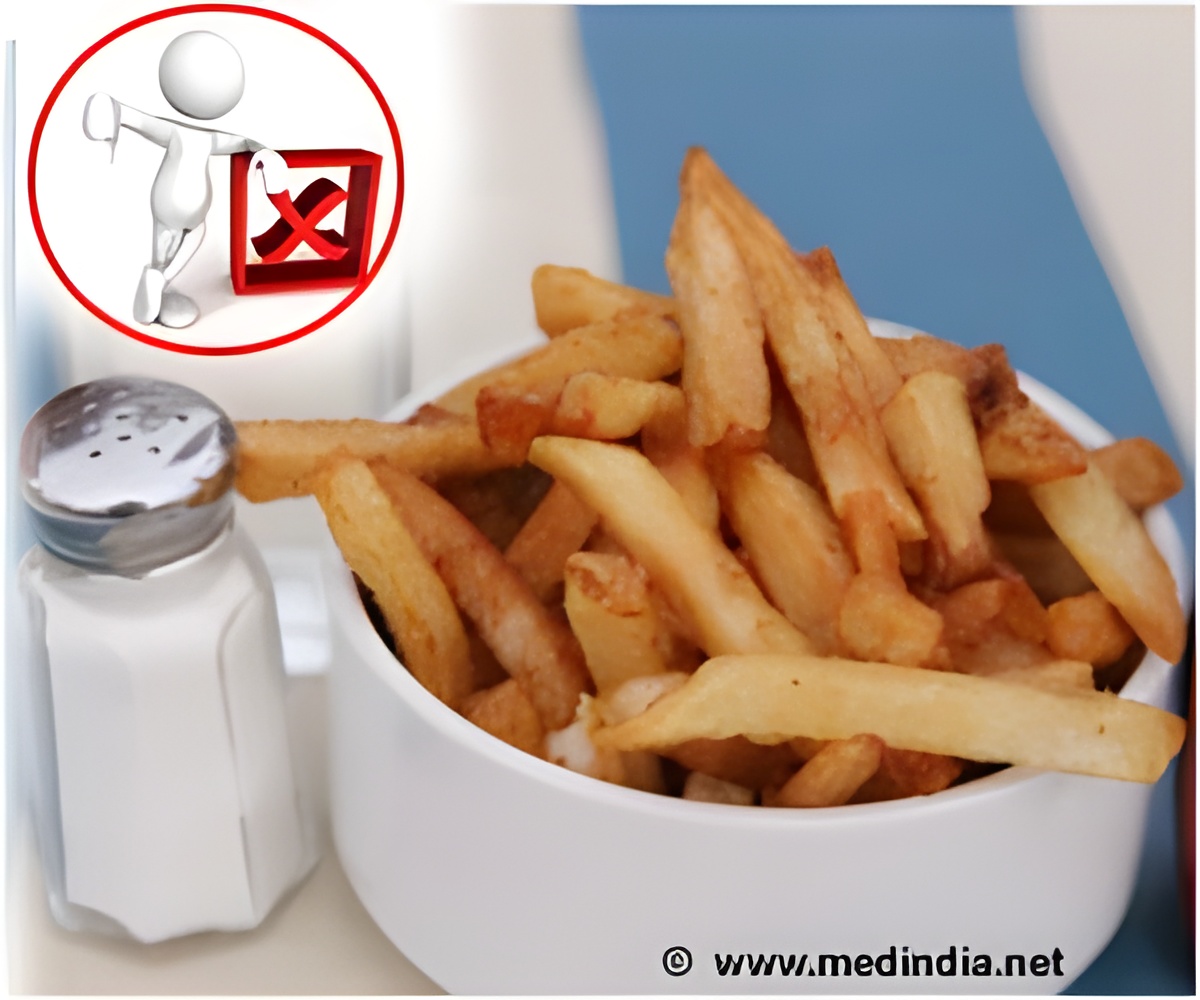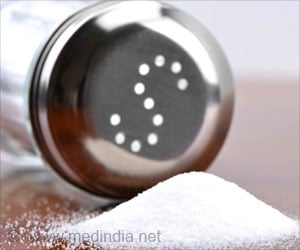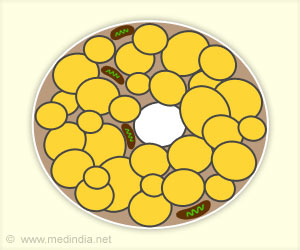Limiting your sodium and fluid intake will help prevent and control the amount of fluid around your heart, lungs, or in your legs.

‘Sodium plays an important role in maintaining normal fluid balance in the body. A low-sodium diet is important to follow in order to control your heart failure symptoms and prevent future heart problems.’





Excessive dietary sodium is a modifiable risk factor for hypertension and cardiovascular disease, and the Institute of Medicine has said it is essential to reduce sodium in packaged foods. Yet, not much is known about whether sodium in packaged foods has changed over the past 15 years. A new article published by JAMA Internal Medicine tries to answer that question. Jennifer M. Poti, Ph.D., of the University of North Carolina at Chapel Hill, and coauthors used data obtained from The Nielsen Company from the 2000 to 2014 Nielsen Homescan Consumer Panel on packaged food and beverage purchases by U.S. households. Household members used a barcode scanner to record their purchases.
Among a sample of 172,042 U.S. households: The amount of sodium households acquired from packaged food and beverage purchases decreased between 2000 and 2014 by 396 mg/day per capita (the amount of sodium in milligrams purchased daily per person) from 2,363 mg/day to 1,967 mg/day.
The sodium content of households' packaged food purchases also decreased by 49 mg/100 g (the amount of sodium relative to the amount of food), a 12 percent decline.
Still, less than 2 percent of U.S. households had total packaged food and beverage purchases with optimal sodium density of 1.1 mg/kcal or less.
Advertisement
"The slow rate of decline in sodium from store-bought foods suggests that more concerted sodium reduction efforts are necessary in the United States. Future studies are needed to examine sodium trends by race/ethnicity and income to identify vulnerable subpopulations that further interventions should target," the article concludes.
Advertisement











